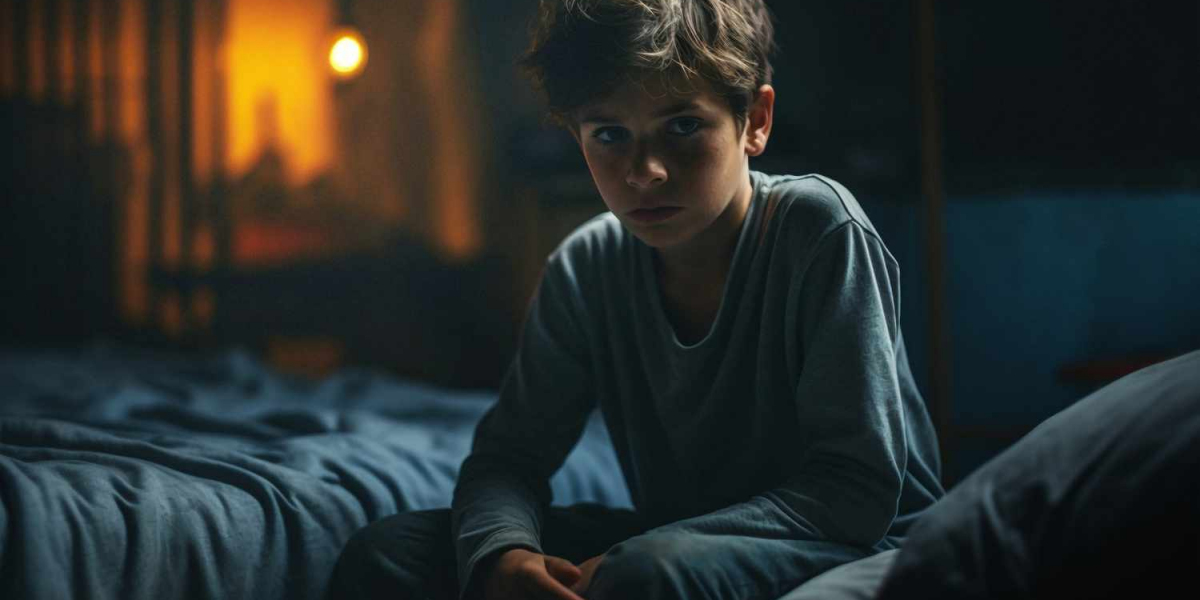Key Takeaways
- Loneliness significantly impacts youth mental health, increasing the risk of depression and anxiety.
- Family and community support play a critical role in reducing teen isolation.
- Implementing mental health tools for schools is essential to fostering connection and inclusion.
Do you ever wonder why so many teens today seem to be struggling with feelings of isolation? You’re not alone. Loneliness among adolescents has reached unprecedented levels, becoming what experts now call a silent epidemic.
Research reveals that loneliness doesn’t just make teens feel sad or disconnected—it has profound implications for their mental well-being, academic performance, and even physical health. While it’s a deeply personal experience, loneliness among teens is shaped by societal factors, family dynamics, and shifts in how young people socialize today.
In this article, we’ll uncover the root causes of teen loneliness, its devastating impact on youth mental health, and actionable strategies to combat it. You’ll learn how schools, families, and communities can work together to address this growing concern.
Understanding Teen Loneliness
Loneliness is more than just being alone—it’s the distressing feeling of being disconnected from others. Among teens, this emotional state often goes unnoticed because they may not outwardly express their struggles.
Adolescents are particularly vulnerable to loneliness due to their developmental stage. This is a period of rapid change, where they’re forming their identities and seeking independence, yet still deeply craving acceptance and belonging.
Additionally, societal changes, including the rise of social media, have created new challenges. While platforms like Instagram and TikTok promise connection, they often leave teens feeling more isolated, especially when their online interactions fail to translate into meaningful offline relationships.
The Causes of Loneliness in Teens
1. Social Media Paradox
Social media was meant to connect us, but for teens, it often does the opposite.
- Platforms encourage comparison, leading to feelings of inadequacy when teens see “perfect” versions of others' lives.
- Many teens substitute online interactions for real-world connections, which lack depth and emotional support.
2. Shifts in Social Structures
The COVID-19 pandemic reshaped how teens interact.
- Remote learning disrupted the natural rhythms of friendships.
- Many teens now struggle to re-establish face-to-face connections.
3. Mental Health Challenges
Conditions like anxiety and depression can both cause and result from loneliness.
- Teens with poor youth mental health often withdraw from peers, compounding their isolation.
- Without proper mental health tools for schools, these struggles may go unnoticed.
4. Bullying and Exclusion
Bullying—whether in person or online—creates a significant barrier to connection.
- Victims often isolate themselves to avoid further harm.
- Cyberbullying, in particular, allows torment to follow teens home, cutting off their sense of safety.
The Psychological and Physical Effects of Loneliness
Loneliness doesn’t just impact emotions; its consequences ripple through every aspect of a teen’s life.
Mental Health Implications
Teens experiencing loneliness are at a higher risk for:
- Depression and anxiety.
- Suicidal ideation due to prolonged feelings of worthlessness.
Cognitive Development
Loneliness can impair focus, decision-making, and academic performance.
- Teens may struggle with schoolwork, compounding their stress.
- This is especially concerning for students without access to mental health tools for schools.
Physical Health Risks
Chronic loneliness triggers stress responses in the body, increasing risks for:
- Cardiovascular issues.
- Sleep disturbances, which further harm mental health.
Identifying Signs of Loneliness in Teens
It’s not always obvious when a teen is feeling lonely. Look for these signs:
Behavioral Changes:
- Withdrawal from social activities.
- Decline in academic performance.
Emotional Symptoms:
- Persistent sadness, irritability, or loss of motivation.
- Reluctance to discuss their feelings.
Social Cues:
- Eating lunch alone or avoiding peer interactions.
- Spending excessive time on social media.
Parents, teachers, and peers play a crucial role in spotting these red flags.
Addressing Teen Loneliness: What Can Be Done?
1. Building Social Connections
Encourage teens to engage in activities they enjoy:
- Join clubs, sports teams, or volunteer groups.
- Participate in school programs designed to foster inclusion.
2. Strengthening Family Bonds
Families can act as a support system by:
- Creating a safe space for open conversations about emotions.
- Practicing supporting family mental health through regular check-ins and shared activities.
3. Enhancing School Support Systems
Schools can implement solutions to combat loneliness, such as:
- Peer mentorship programs to help students form connections.
- Integrating mental health tools like mindfulness programs and support groups.
4. Teaching Digital Literacy
Help teens navigate social media healthily by:
- Limiting screen time.
- Encouraging offline activities to balance their digital lives.
5. Seeking Professional Help
When loneliness persists, therapy can be life-changing.
- Cognitive Behavioral Therapy (CBT) helps teens reframe negative thoughts.
- School counselors and therapists can provide specialized guidance.
Conclusion
Loneliness among teens isn’t just an individual problem—it’s a societal challenge. Addressing it requires a collaborative effort from schools, families, and communities.
By fostering meaningful connections, promoting family mental health, and equipping schools with the right tools, we can help teens navigate this silent epidemic.
Let’s work together to ensure that no teen feels invisible or alone. After all, connection is not just a human need—it’s the foundation of thriving youth mental health.









